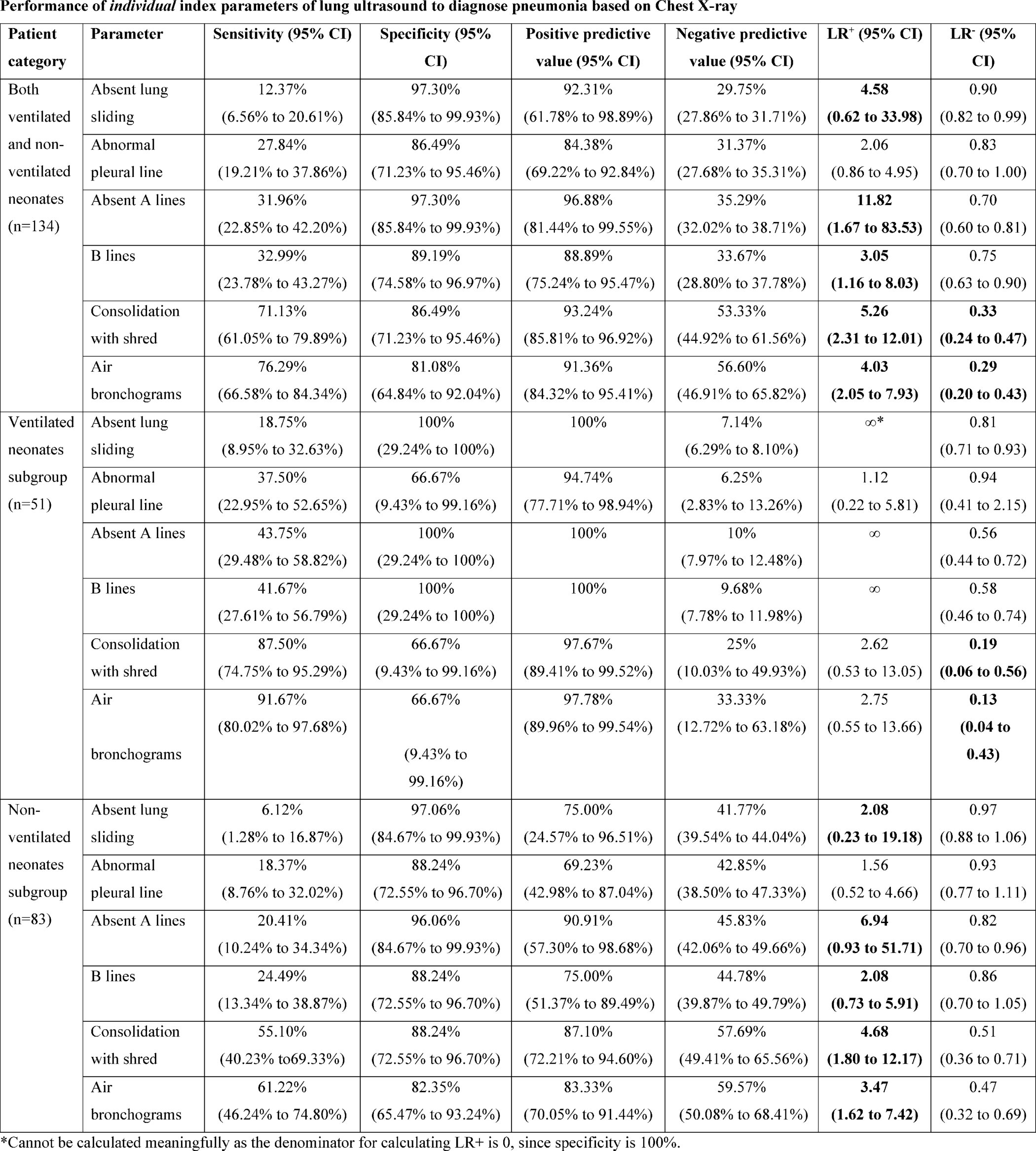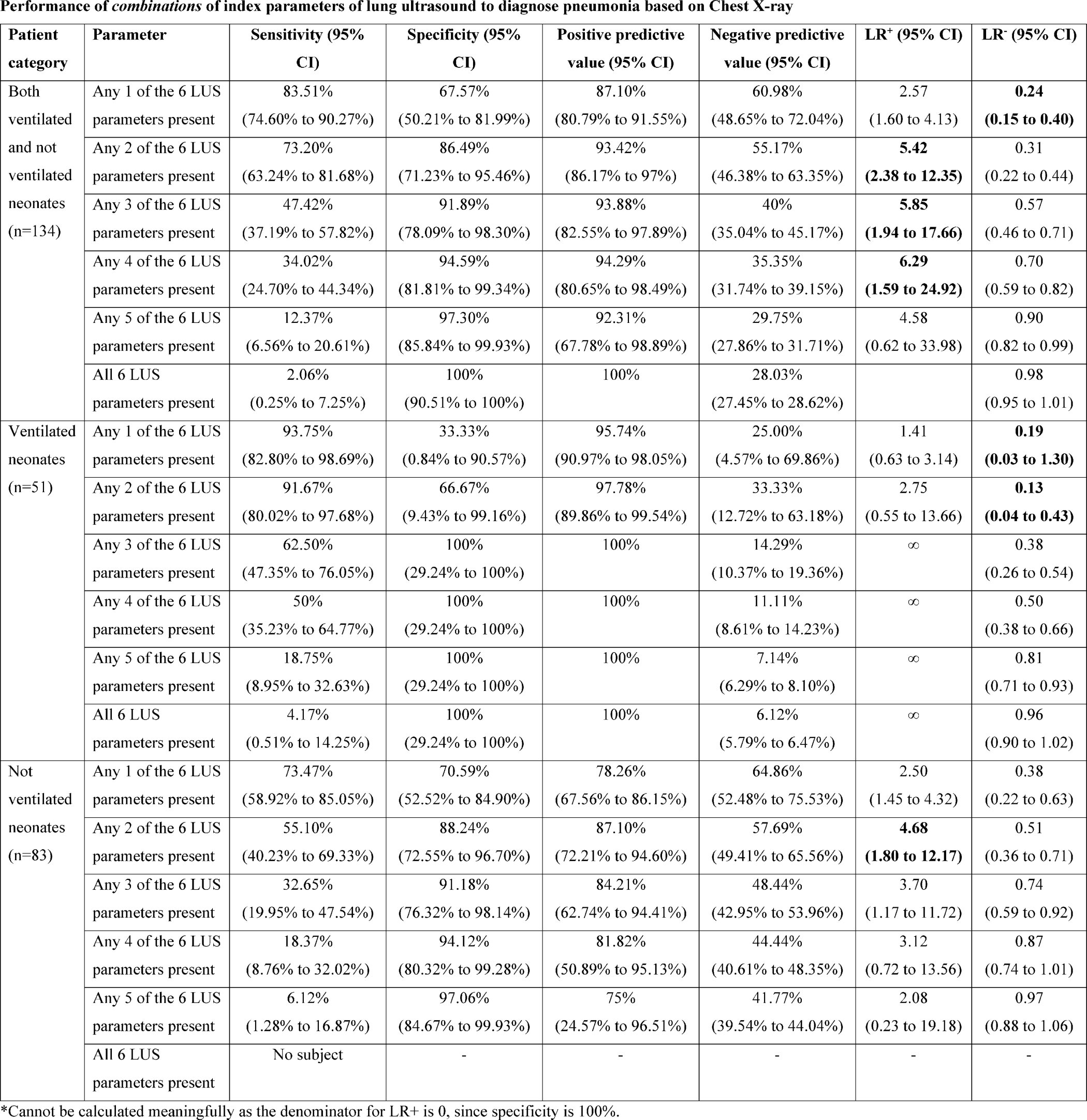Neonatal Pulmonology
Neonatal Pulmonology 5: NICU Practices
153 - Point-of-care Lung Ultrasonography to Diagnose Pneumonia in a Neonatal Intensive Unit
Monday, May 1, 2023
9:30 AM - 11:30 AM ET
Poster Number: 153
Publication Number: 153.437
Publication Number: 153.437
venu A. kulkarni, Post graduate institute of medical research and education, Chandigarh, Chandigarh, Chandigarh, India; Sourabh Dutta, Postgraduate Institute of Medical Education and Research, Chandigarh, Chandigarh, India; Akshay K. Saxena, Postgraduate Institute Of Medical Education & Research, Chandigarh, Chandigarh, India; Anmol Bhatia, PGIMER, Chandigarh, Chandigarh, India; Jogender Kumar, Post grad, Chandigarh, Chandigarh, India; Praveen Kumar, Postgraduate Institute of Medical Education and Research, Chandigarh, Chandigarh, Chandigarh, India

Sourabh Dutta, MBBS, MD, PhD (he/him/his)
Professor
Postgraduate Institute of Medical Education and Research
Chandigarh, Chandigarh, India
Presenting Author(s)
Background: There are scant data on point-of-care lung ultrasonography (POCLUS) for diagnosing pneumonia in neonatal intensive-care units (NICU). Chest x-ray (CXR) - the standard investigation - may have a long turnaround time. It has radiation hazards, and the image may be affected by chest rotation, incorrect exposure, or artifacts.
Objective: To evaluate POCLUS versus CXR for diagnosing pneumonia among neonates clinically suspected to have pneumonia in an NICU
Design/Methods: This cross-sectional study was conducted in a level III NICU. Neonates £44 w postmenstrual age were enrolled if clinically suspected to have pneumonia, with no life-threatening conditions, and stable enough to undergo POCLUS. POCLUS was performed just before the CXR. Radiologists interpreting them were blinded. 6 standard parameters (absent lung sliding, abnormal pleural line, consolidation with shredding, absent A lines, abnormal B lines and air bronchograms) were compared with pneumonia on CXR as reference standard. Likelihood ratios (LR) of parameters (individually & in combination) were calculated. LR+>5 & LR-< 0.2 were considered “good”. The most parsimonious prediction model was identified by backward, stepwise, multivariable logistical regression.
Results: 134 neonates [mean (SD) gestation= 30.5 (3.7) w] were enrolled at a median (Q1, Q3) age of 82.5 (45.0, 143.3) h. 38.1% were mechanically ventilated. In the full study population, only absent A lines and consolidation with shred had LR+ >5 [11.8 (95% CI: 1.7, 83.5) and 5.3 (2.3, 12.0) respectively]. None had LR- < 0.2. Among ventilated neonates, only absent lung sliding, absent A lines and abnormal B lines had LR+ >5 [all ¥, as specificity was 100% for all]. Only consolidation with shred and air bronchogram had LR- < 0.2 [0.19 (0.06, 0.6) and 0.13 (0.04, 0.4) respectively]. In the full population, the combination of any 2, 3 or 4 of the parameters present had LR+ >5 [5.4 (2.4, 12.4), 5.9 (1.9, 17.7) and 6.3 (1.6, 24.9) respectively]. No combination had LR- < 0.2. Among ventilated neonates, any 3, 4, 5 or all 6 parameters present had LR+ >5 [all ¥, as specificity was 100% for all]. Only any 2 present had LR- < 0.2 [0.13 (0.04, 0.4)]. The most parsimonious regression model included consolidation with shred [b coefficient= 1.7, adjusted odds ratio (aOR)= 5.5 (1.4, 22.1), p value= 0.016] and air bronchogram [b = 1.4, aOR= 4.2 (1.2, 15.1), p value = 0.027]. The model p-value was < 0.001, and the C-statistic was 0.82 (0.75, 0.90).
Conclusion(s): POCLUS can be used to diagnose pneumonia in an NICU. A combination of consolidation with shred and air bronchogram has a high discriminatory value


